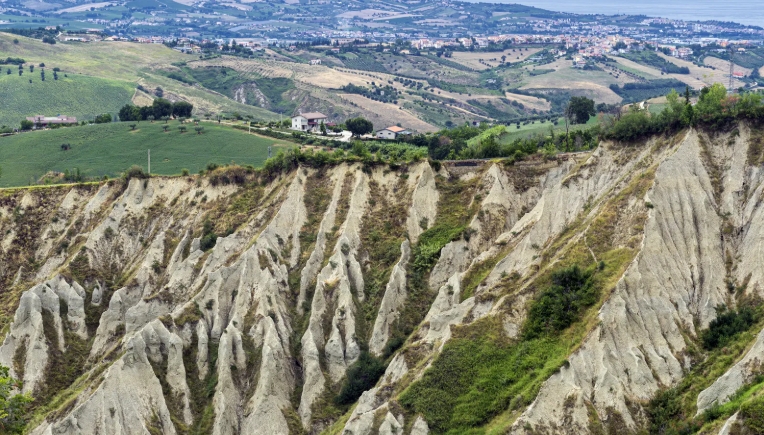Diastrophic processes refer to the slow deformation of the Earth’s crust due to tectonic forces acting over long periods of time. These processes can have significant impacts on the environment, affecting landscapes, ecosystems, and human populations.
Formation of landforms
Diastrophic processes can shape the Earth’s surface by creating mountains, valleys, and other landforms. For example, the collision of tectonic plates can lead to the formation of mountain ranges, while the movement of faults can create valleys and basins.
Changes in ecosystems
As the Earth’s crust shifts and deforms, ecosystems can be greatly impacted. Habitats can be altered or destroyed, leading to changes in biodiversity and the displacement of species. For example, the formation of mountain ranges can create barriers that separate populations and limit gene flow.
Natural disasters
Diastrophic processes can also trigger natural disasters such as earthquakes, tsunamis, and volcanic eruptions. These events can have devastating effects on the environment and human populations, causing widespread destruction and loss of life.
Impacts on human populations
The impacts of diastrophic processes are not limited to the natural environment; they can also affect human populations. For example, earthquakes and tsunamis can destroy homes and infrastructure, displacing communities and disrupting livelihoods. Additionally, the formation of mountain ranges can create barriers to transportation and communication.
Mitigating the impacts
Understanding the impacts of diastrophic processes on the environment is crucial in order to develop effective strategies for mitigating their effects. This may include implementing land-use planning measures to reduce the risk of natural disasters, as well as supporting the conservation and restoration of ecosystems affected by these processes.
In conclusion, diastrophic processes play a significant role in shaping the Earth’s surface and can have wide-ranging impacts on the environment and human populations. By studying these processes and their effects, we can better understand and prepare for the changes they bring.

